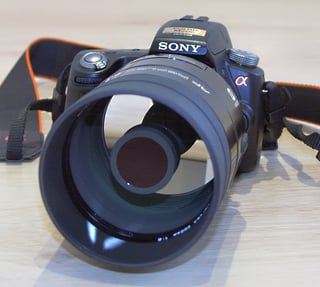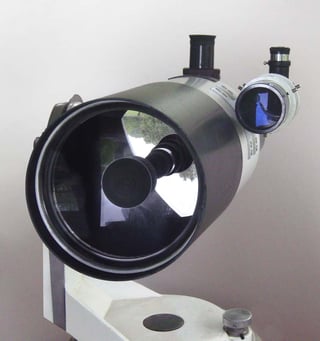Marco!
Cubesat!
The most famous use case for a camera-equipped cubesat looking at another spacecraft historically was not in LEO.
For "use cases" in LEO, except for spying, I don't think there are many unless you find a dedicated and willing target.
Answers to How common is it for spacecraft to have "selfie" capability? will support my assertion that these days, most spacecraft (both deep space, and those in Earth orbit) are equipped with several "selfie cameras" that monitor key items like antenna and solar panel deployment.
For malfunctioning or recently disabled spacecraft that have physical conditions that can not be identified from the ground, there might be, from time to time, one specific satellite where it would be helpful to get a clear image that can't be easily gotten from Earth. Chances are it would not be in a conveniently accessible orbit, but maybe.
In that case you might be able to image and identify a damaged area (where did the meteor or debris hit?) or ruptured tank, or leaking fuel cloud sparkling in the sunlight, etc.
If it's tumbling, usually one can record the brightness variation from the ground and get some idea how fast and around which axis, but it is possible that if you are close enough to keep it in your field of view long enough, you could add information about it's rotational state.
But day-to-day spacecraft generally have a lot of sensors and cameras and back-up communications with low-gain antennas, so a lot of what might have been usefully imaged from a cubesat 10-20 years ago is no longer useful now.
Visibility of spacecraft calculation
Several people have noted in answers and comments that a cubesat sized telescope might have to get pretty close to another satellite to "inspect" it, and @RussellMcMahon's answer questions whether a cubesat-based camera or telescope could even resolve a satellite at a safe distance. Let's check the math using angles:
From Wikipedia's Airy disk:
$$\theta_{Airy} \approx 1.22 \ \text{wavelength} \ / \ \text{aperture}$$
From Wikipedia's Small-angle approximation:
$$\theta_{Sat} \approx \text{size} \ / \ \text{distance}$$
Space telescopes (and probably ground-based observatories and fixed-lens cameras) choose their focal lengths and sensor designs so that the pixel sizes (or four-pixel Bayer arrangements) to be about the same size (or a bit smaller) as the Airy disk.
Bigger and you are loosing information, smaller and while you slowly gain a bit of information, you much-more-rapidly add noise, complexity and cost.
So let's see how Russell's camera equipment-based answer compares to Airy's prediction.
Assuming a 3U cubesat with a folded reflective optics telescope, e.g. some kind of catadioptric system like a Cassegrain or Maksutov arrangement, we'll have a ~100 mm aperture (and a long-enough focal length, in the neighborhood of a 1000 to 1500 mm).
Assume a nominal wavelength of 500 nm.
Let's choose 10 km as not-infrequent distance of closest approach that if it just-so-happened wouldn't be provocative, but if you maneuvered your spacecraft to this distance and roughly matched trajectory you would probably raise some eyebrows.
In this case, let's set $\theta_{Sat} \approx \theta_{Airy}$ and find out how big the satellite would have to be for the image to get possibly detectably larger than that of a point source like a star:
$$\text{size} \approx 1.22 \ \text{wavelength} \ \times \ \text{distance} \ / \ \text{aperture}$$
Surprisingly this is only 6 cm!
So at 10 km, if the target were a cubesat, from an optics point of view only, one would be able to count the U's! A 3U cubesat would usually be differentiable from a 1U cubesat (unless it was pointed right back at you in say a Dove vs. Dove situation soon after deployment)
*This does nothing to address dynamic pointing accuracy, slew rate, frame rate, exposure time, or signal/noise,not to mention the possibility of folks in dark suits knocking on your door.
Incidentally the small angle approximation also tells us that our 10 cm aperture f/10 camera (1000 mm focal length) would need ~6 micron pixels, which is right in the ballpark of modern image sensors!
Catadioptric telescope and an SLR with a "mirror lens" as seen in Wikipedia's Catadioptric system


click images for full size
Sources: first: Sony_Alpha_55_with_Minolta_500_F8_Reflex and second: Maksutov_150mm
borrowed from What's the largest aperture telescope sent beyond the Earth-Moon system?

